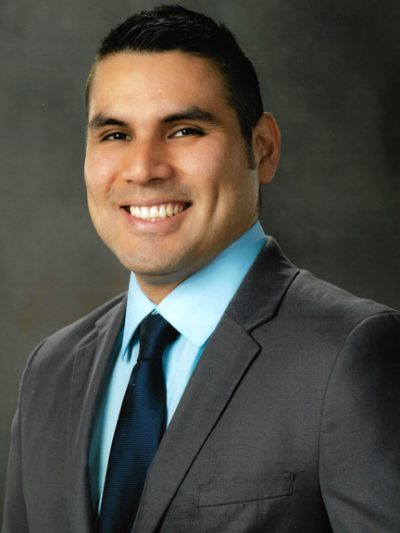
Education
- Ph.D., University of Virginia, 2018
- M.S., Binghamton University, 2012
- B.Eng., Universidad Nacional Mayor de San Marcos, 2008
Work Experience
- Research Engineer, National Institute of Aerospace, 2019-present
- Graduate Research Assistant, University of Virginia/National Institute of Aerospace, 2015-2018
Research Areas/Expertise
- Laser induced breakdown spectroscopy
- Surface characterization techniques
- Laser ablation
- Analytical chemistry
- Adhesive bonding of aerospace composite materials
- Mechanical testing
Current Research
Integration of Laser Ablation Surface Treatment with Laser Induced Breakdown Spectroscopy
Laser ablation has been shown to be effective to prepare aerospace composite and metal alloy surfaces for adhesive bonding in a high precision, rapid, and automatable manner. Laser induced breakdown spectroscopy (LIBS) has been proved to detect ultralow level contaminants in real time. This project focuses on the integration of laser ablation and LIBS to provide a high degree of process control and validation of the pre-bond preparation of aerospace material surfaces, allowing the advancement of the state-of-the-art methodology in airframe adhesive bonding.
Publications
Ledesma, R., Detection of Surface Contaminants on Aerospace Structural Composites Prior to Adhesive Bonding, Ph.D. Dissertation, University of Virginia, Charlottesville, VA, 2018.
Ledesma, R., Palmieri, F., Campbell, B., Yost, W., Fitz-Gerald, J., Dillingham, G. and Connell, J., Correlation of trace silicone contamination analyses on epoxy composites by X-ray photoelectron spectroscopy (XPS) and laser induced breakdown spectroscopy (LIBS), Appl. Spectrosc. 73 (2019) 229-235.
Ledesma, R., Yost, W., Palmieri, F., Cataldo, D. and Connell, J., Correlation of optically stimulated electron emission with failure mode of adhesively bonded epoxy composites, Int. J. Adhes. Adhes. 84 (2018) 257-264.
Ledesma, R., Palmieri, F., Connell, J., Yost, W. and Fitz-Gerald, J., Surface characterization of carbon fiber reinforced polymers by picosecond laser induced breakdown spectroscopy, Spectrochim. Acta, Part B 140 (2018) 5-12.
